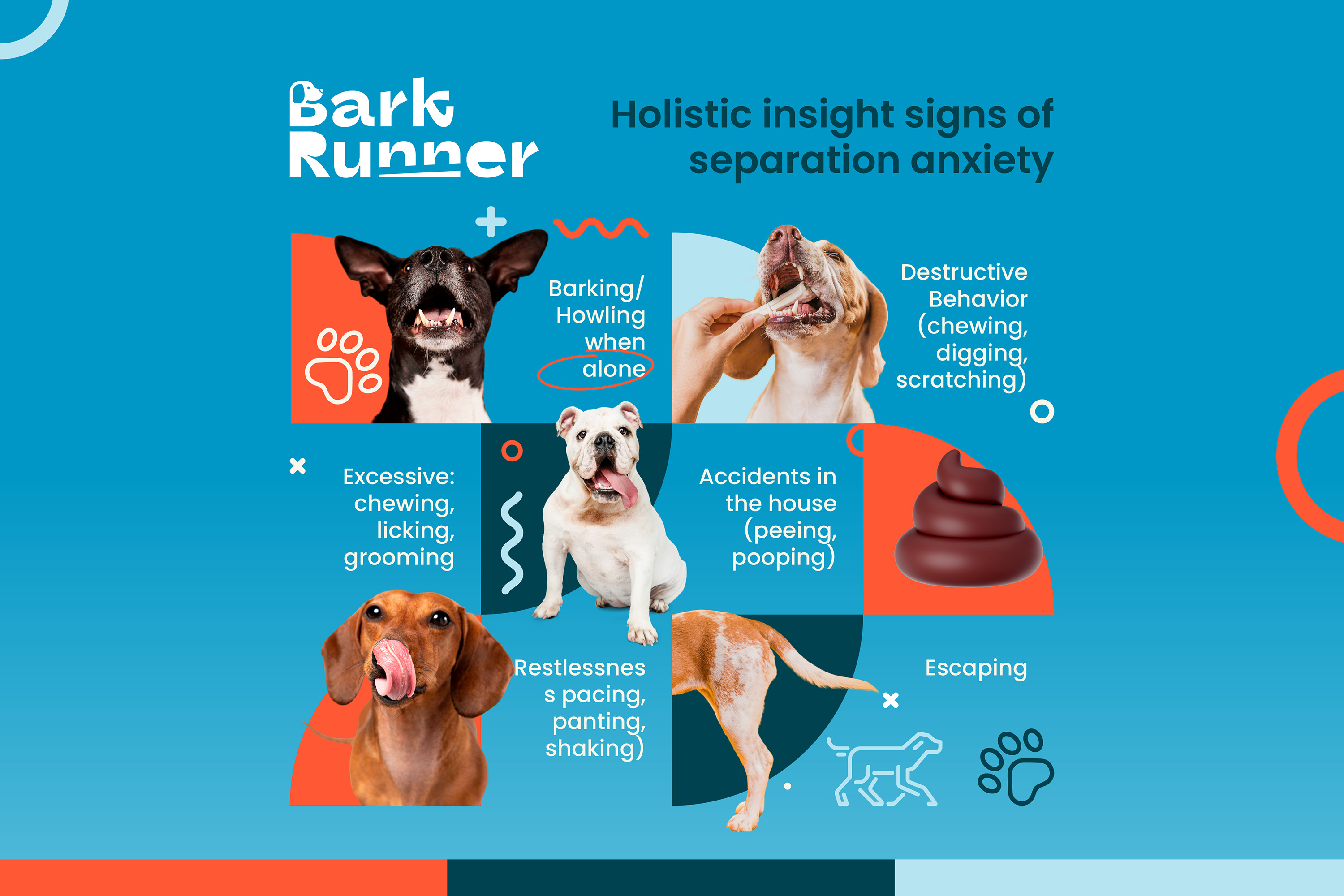Bringing home a rescue dog is a gratifying experience. Watching them adapt to their new environment and gradually find joy and trust can be profound. However, this transition is often fraught with challenges, one of the most common being separation anxiety in rescue dogs.
Unlike regular puppies, rescue dogs may exhibit a heightened form of anxiety due to past trauma or sudden uprooting from a former living situation. Separation anxiety in dogs is not only a stressful experience for the animal but also for the owners. It can lead to destructive behavior, incessant barking, and even house-soiling.
What is Separation Anxiety in Dogs?
Separation anxiety in dogs is a complex, distressing condition characterized by a dog’s extreme distress when separated from their owners or family members. This condition stems from the dog’s hyper-attachment to their owners, leading to anxiety and fear when left alone.
Dogs are social animals by nature, and while some level of clinginess is normal, separation anxiety is an escalated emotional response that significantly impacts the dog’s mental and physical health. Symptoms can range from mild unease to severe panic, manifesting through destructive behavior, incessant barking, self-harm, and other stress-induced actions when separated from their loved ones.
Early socialization, training, and gradual desensitization to being alone can help prevent or mitigate the severity of this condition. Dog owners must approach separation anxiety with empathy and patience, seeking professional advice from veterinarians or animal behaviorists for tailored management plans.
Recognizing the Signs of Separation Anxiety in Rescue Dogs
Separation anxiety in rescue dogs is a common yet often misunderstood condition that can manifest in various distressing behaviors.

Understanding and recognizing the signs of separation anxiety is crucial for pet owners, as it not only affects the well-being of the animal but can also lead to significant household disruptions.
Identifying separation anxiety is the first step in helping a dog overcome it. Common signs include:
- Excessive Pacing or Panting: If your dog paces or pants more than usual when you’re getting ready to leave, it could be a sign of anxiety.
- Escaping Attempt: If the dog tries to “escape” your home when you’re gone, possibly causing harm to themselves.
- Excessive Drooling or Salivation: Some dogs may salivate more during separations, even if only for a short time.
- Self-Harm: Dogs with severe separation anxiety may cause harm to themselves, such as breaking teeth or nails trying to escape.
- House Destruction: One of the most common signs is excessive chewing, scratching, or digging near exit points, leaving a mess behind.
If you notice any of these signs, addressing the issue early on is essential.
Steps to Treating Separation Anxiety
Treating separation anxiety in rescue dogs is a nuanced process that extends beyond simple solutions to incorporate a holistic approach, melding physical activity, psychological adjustments, and sometimes medicinal interventions. The core objective is to reframe the dog’s perception of solitude from a negative to a positive experience.
Daily Exercise and Mental Stimulation
An essential starting point in addressing separation anxiety is recognizing the pivotal role of daily physical and mental exertion.
A dog that enjoys regular, vigorous exercise is less likely to find energy for anxious behaviors. By integrating substantial physical activity into your dog’s routine, you not only improve their physical health but also mitigate feelings of restlessness and boredom.
Additionally, engaging their minds through complex puzzles and intellectually stimulating games ensures they’re mentally tired as well. These activities should serve as a constructive outlet for their energy, creating a more serene home environment.
Counter-Conditioning Techniques
Counter-conditioning stands at the forefront of behavioral modification by shifting your dog’s emotional responses to specific stimuli—namely, the anxiety triggered by separation.
This technique revolves around the introduction of high-value rewards exclusive to your departure times, essentially creating a positive association with an event that was previously stressful. The practice entails careful timing and the selection of treats or toys that hold your dog’s interest in your absence, ensuring the focus shifts from anxiety to anticipation of a favorable outcome.
Not Reinforcing Anxiety
A critical aspect of managing separation anxiety involves the conscious avoidance of inadvertently reinforcing anxious behavior. This includes moderating the tendency to offer excessive affection immediately before leaving and upon returning home, as these actions can reinforce the notion that solitude is undesirable.
By maintaining a neutral demeanor during these times, you communicate that being alone is a normal, non-stressful part of daily life.
Repetitive Home Alone Practice
The practice of leaving and returning home multiple times throughout the day serves as a practical exercise in desensitizing your dog to the act of separation. Beginning with brief departures and gradually extending the length of time away conditions your pet to the routine of your absence, thereby diminishing the anxiety it provokes.
Should signs of distress emerge, it may be necessary to reassess the progression speed, possibly reverting to shorter absences until a comfort level is re-established.
This revised strategy not only addresses the immediate behavioral symptoms but also aims at fostering a stable and calm environment for your dog.
Conclusion
Separation anxiety in rescue dogs is a common issue, but it is not insurmountable. By creating a safe and comfortable environment, providing consistent training, and making sure their needs are fully met, you can help your rescue dog feel secure and at ease, even when you’re not at home.Remember: every dog is an individual, and what works for one may not work for another. If you’re facing challenges with your rescue dog’s anxiety, don’t hesitate to reach out for professional assistance.



